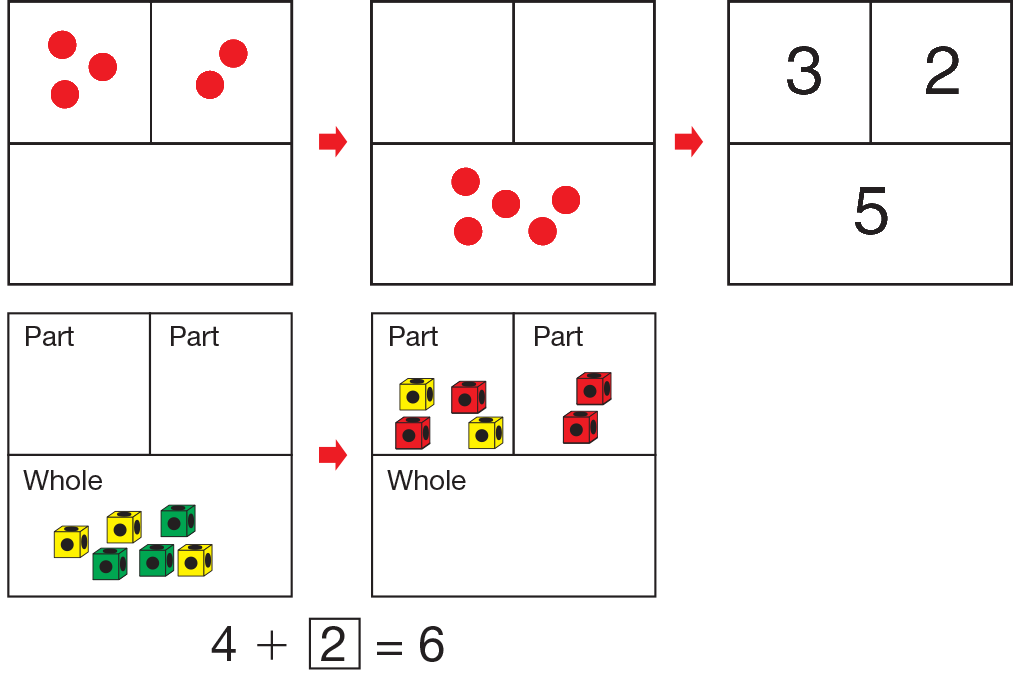A circus poster provides students with the opportunity to create, discuss, and solve addition and subtraction problems. This lesson introduces students to the take away or separate situation. Students are also guided to begin making connections between addition and subtraction as inverse operations.
Content in this Lesson
- Representing addition and subtraction using stories, drawings, diagrams, counters, number sentences, number lines, or ten frames [E2].
- Finding the related subtraction sentence for an addition sentence [E3].
- Using strategies that apply the properties of addition (e.g., turn-around, zero) to solve addition and subtraction problems [E4].
- Finding the unknown whole number in an addition or subtraction equation relating to three whole numbers [E5].
- Adding and subtracting within 10 using invented, counting (e.g., counting on, counting up), and reasoning (e.g., making ten, using ten, using doubles) strategies [E7].
- Solving word problems (e.g., join, separate/take away) involving two whole numbers whose answer is less than or equal to 10 [E6].
- Knowing what is important to solve a problem [MPE1].
- Finding addition and subtractions strategies to solve problems [MPE2].
Assessment in this Lesson
| Assessment | Expectation Assessed | Math Practices Expectation Assessed |
|---|---|---|
| Circus Addition and Subtraction
Stories with the Feedback Box Student Activity Book Pages 149–150 |
|
|
| DPP Item T Zero Teacher Guide - digital |
|
















